
Posted on 06/22/2011 4:43:22 AM PDT by Homer_J_Simpson

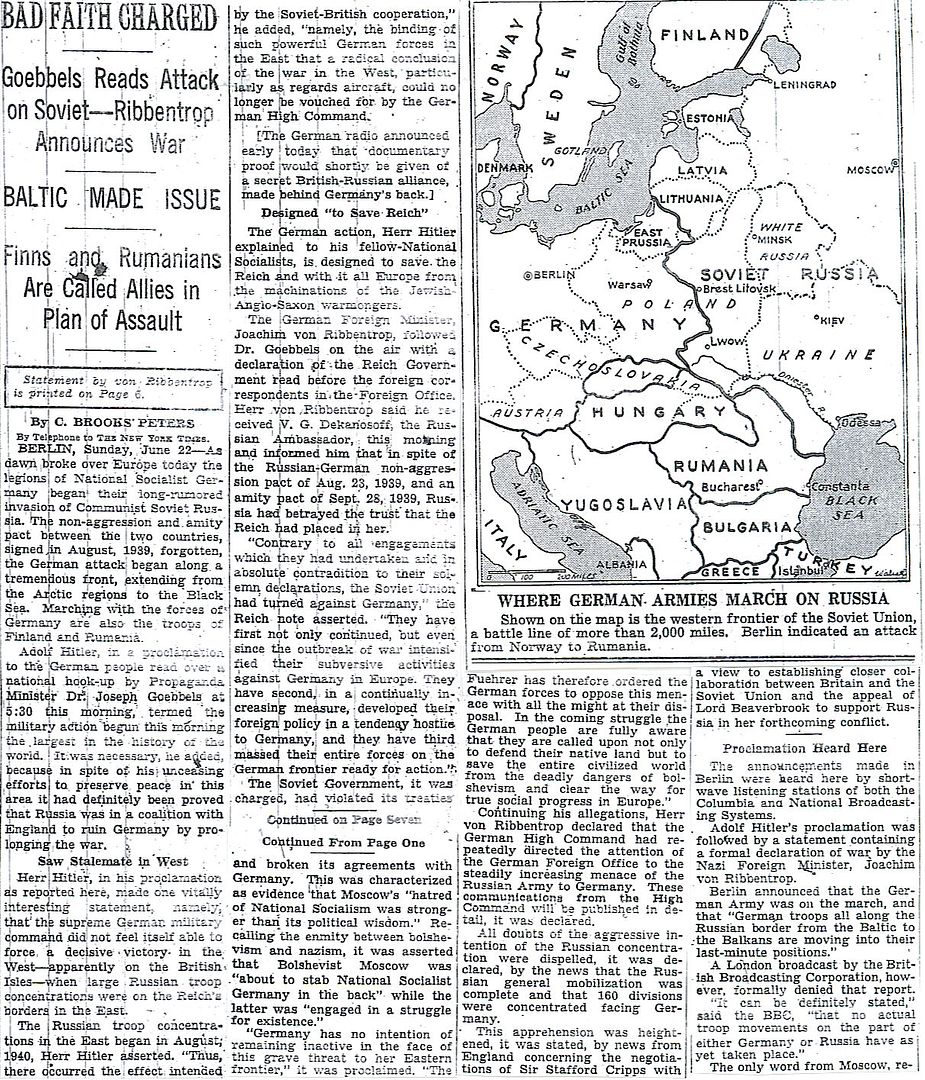

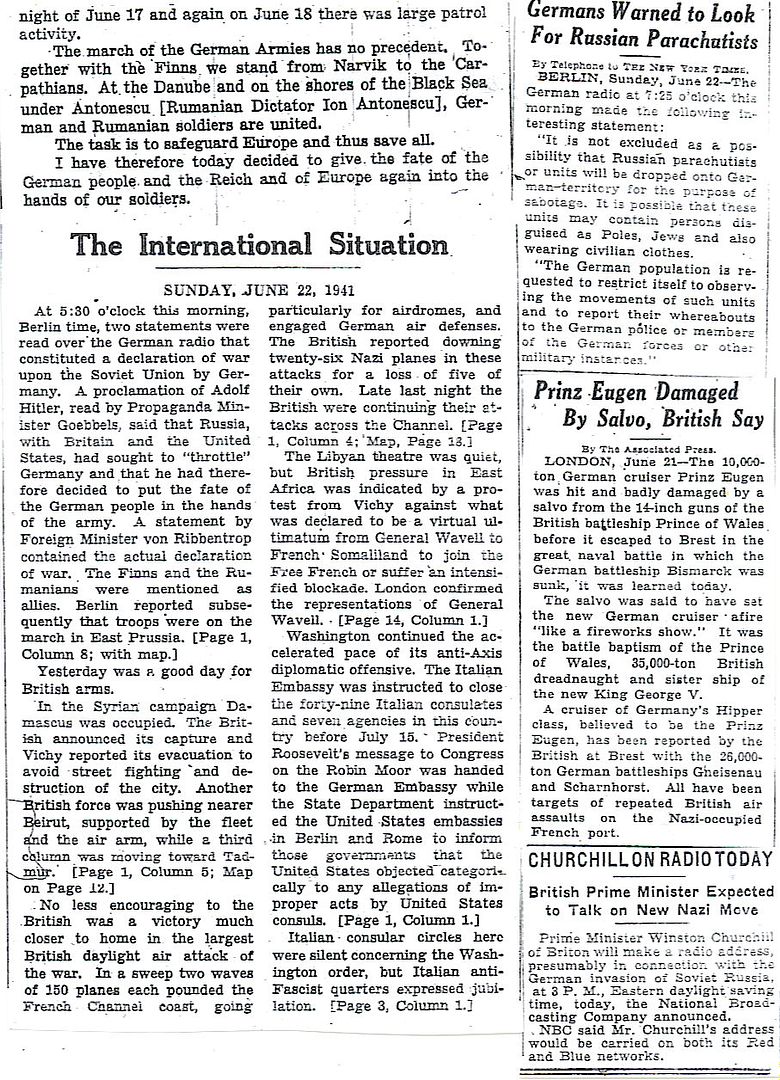
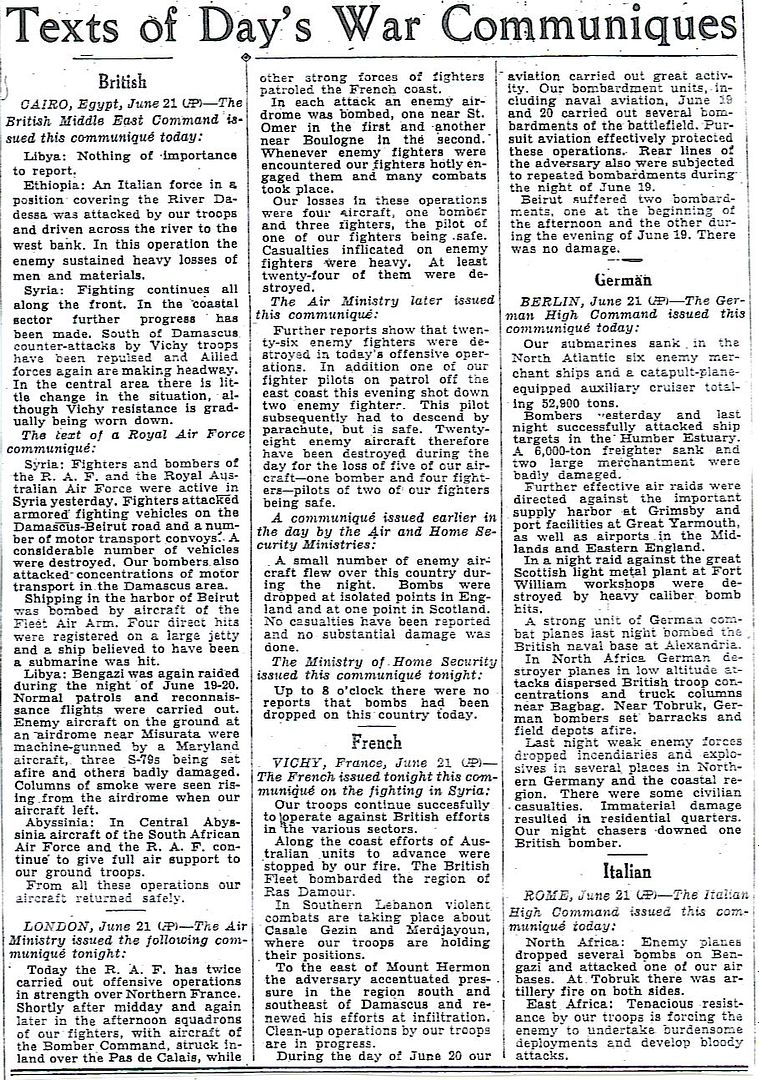

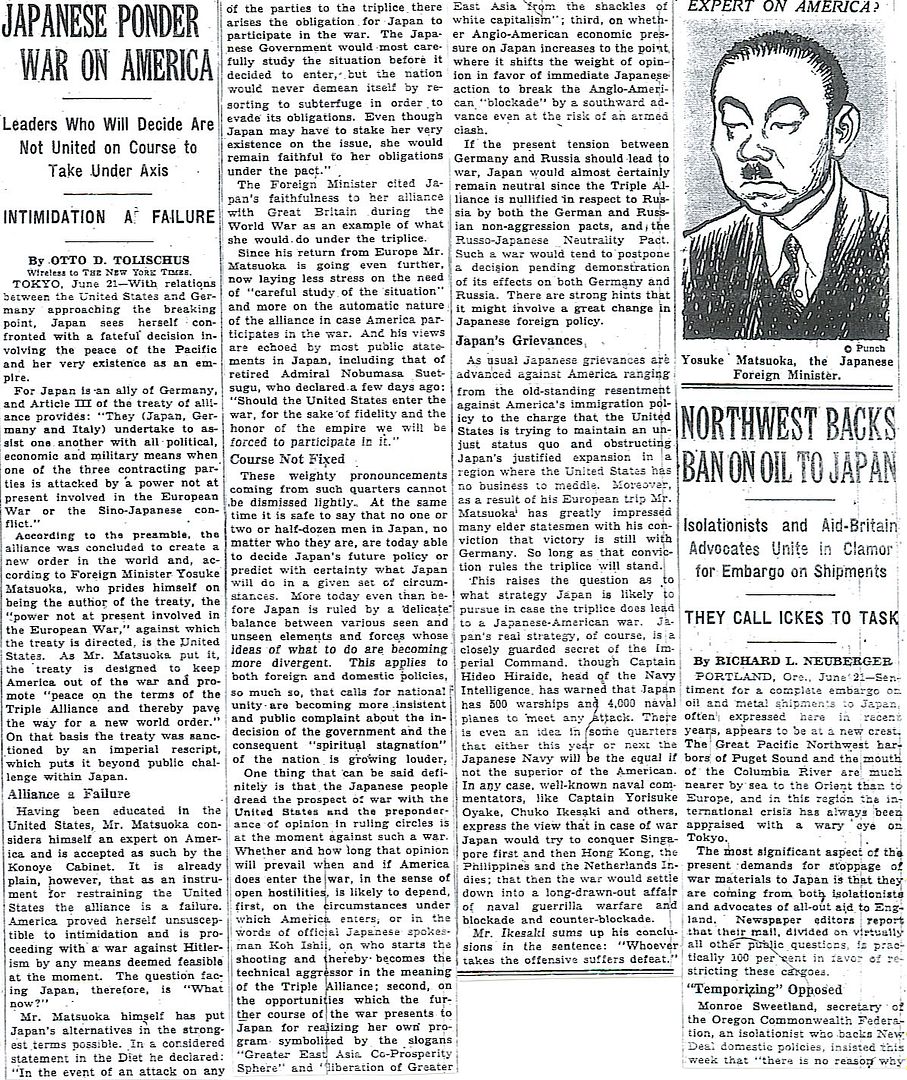
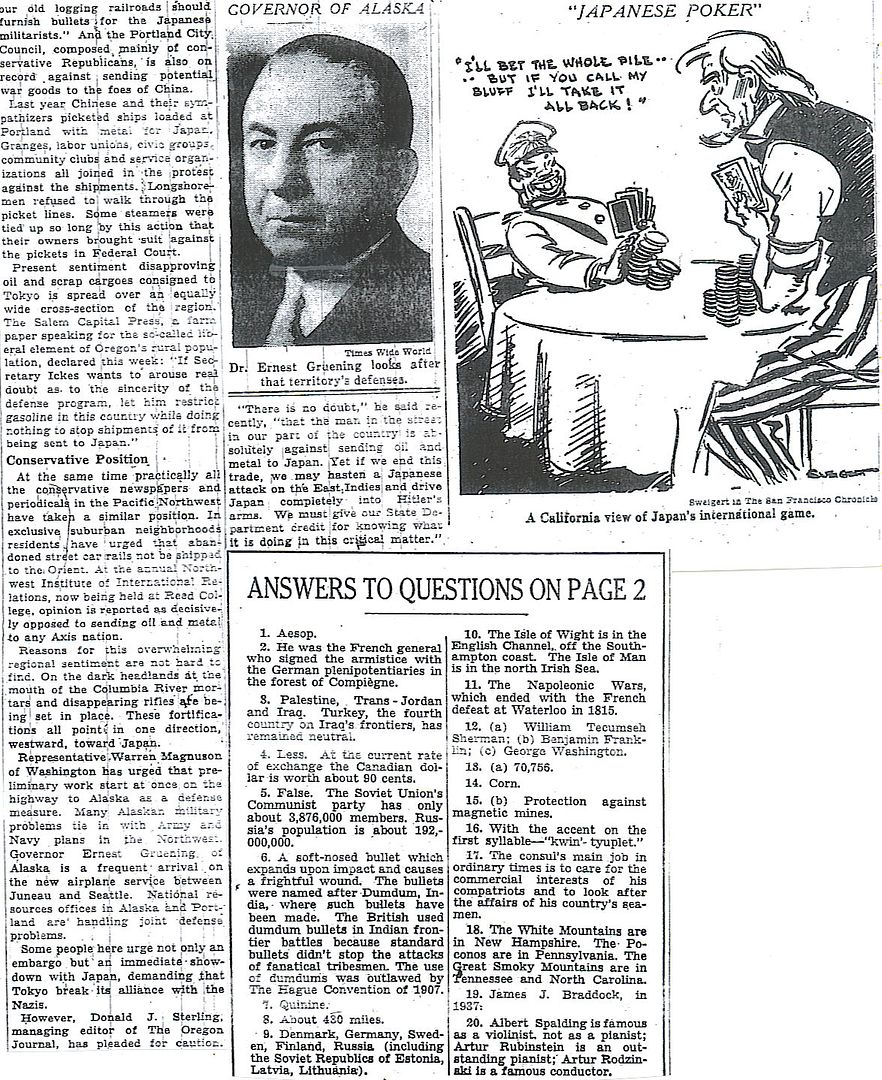

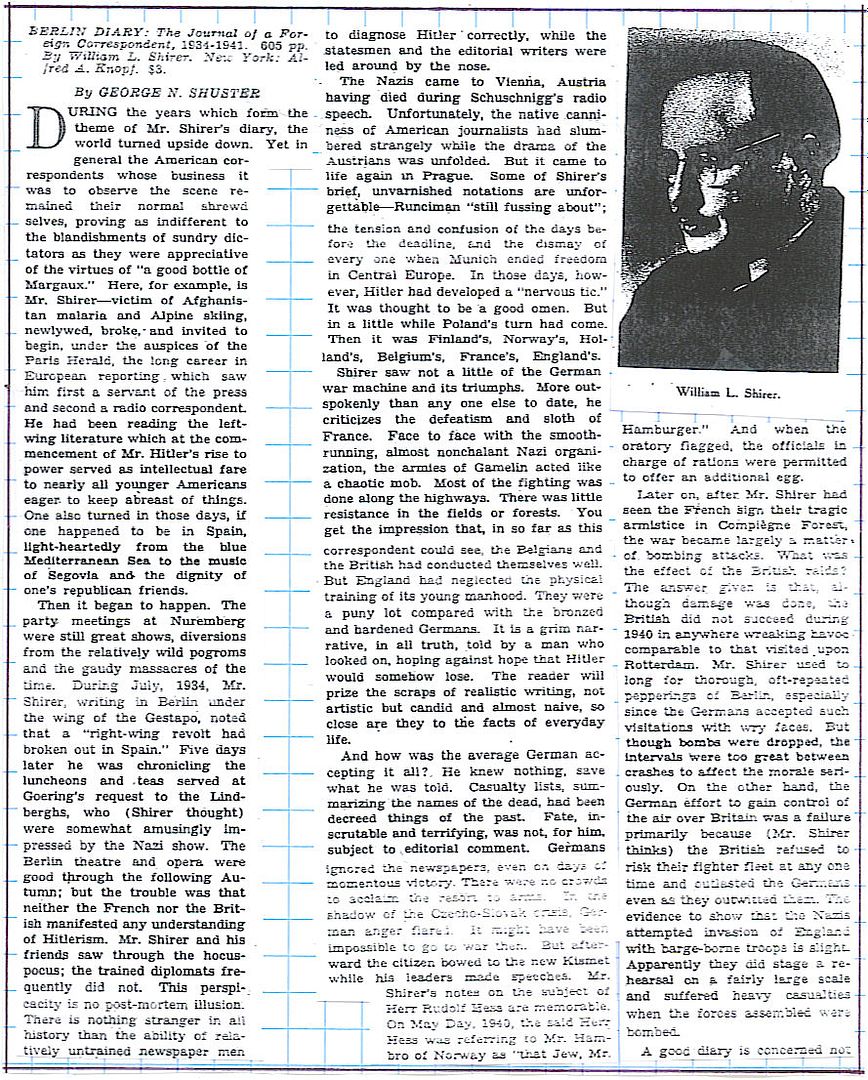
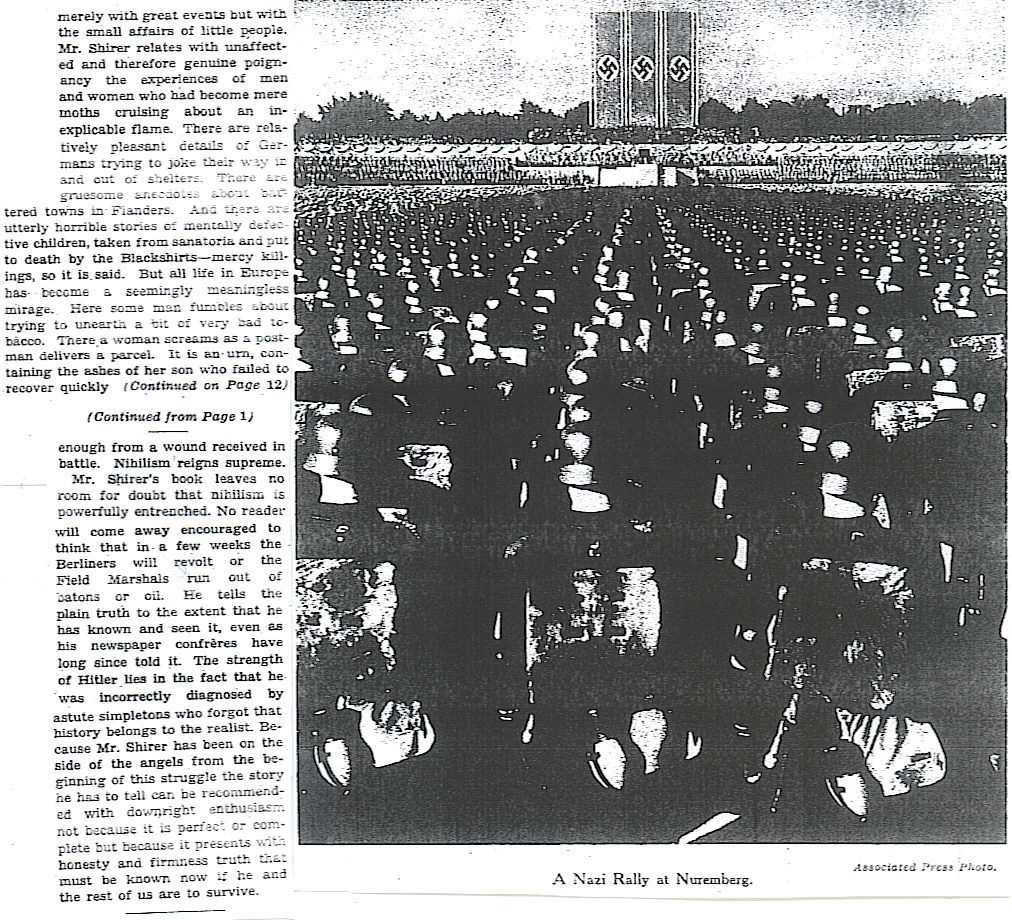
Roseman, Mark. The Wannsee Conference and the Final Solution: A Reconsideration. New York: Picador, 2002. 172pp. ISBN 0-312-42234-2.
It is always difficult for the common man to wrap their mind around the Holocaust. The thought of a government creating a national policy of destroying a singular sect of their own citizenry is almost inconceivable.  Yet there are many examples of such genocidal policies throughout history. The Nazi’s policy of extermination of the Jews is the most prolific and well known of such government policies. However, the transition of the Nazi’s policy of exclusion to eventual extermination is not a clear one. There is no set list of orders that show clearly when Hitler and Himmler made the decision to embark on a quest of Jewish extermination. This has led to many studies that try and determine when the “Final Solution,” as it will be known, was decided upon.
Yet there are many examples of such genocidal policies throughout history. The Nazi’s policy of extermination of the Jews is the most prolific and well known of such government policies. However, the transition of the Nazi’s policy of exclusion to eventual extermination is not a clear one. There is no set list of orders that show clearly when Hitler and Himmler made the decision to embark on a quest of Jewish extermination. This has led to many studies that try and determine when the “Final Solution,” as it will be known, was decided upon.
One marker towards the “Final Solution” was a conference held in a lush section of Berlin on the shores of Lake Wannsee. This meeting was conducted by Heinrich Himmler’s right hand man, Reinhard Heydrich. In this meeting he calls together not only members of the SS, but others from the civilian government side to coordinate details as to what the fate of Jews under German rule as well as those outside German borders. This conference, which will be called the Wannsee Conference, was held on January 20th, 1942. Clearly, this conference cannot be considered the beginning of a policy of mass murder since large scale killings had already begun long before this actual meeting. However, a look at this conference may show the effort to solidify national policy on Jewish extermination as well as put any dissenters to the policy on notice to fall in line.
In Mark Roseman’s book, The Wannsee Conference and the Final Solution: A Reconsideration, another look at the significance of this conference is taken. Roseman takes an analytical approach to exploring the purpose of this conference from not only the players involved in the conference itself, but in general policy that would occur as a result of the conference. The author is quick to point out the fact that just knowing about this meeting at all is an exception instance in history. The Nazi’s went to great lengths to destroy as much of the evidence to the Holocaust as their position in the war became more desperate. Of course the scope of the Holocaust was so large that this was a largely impossible task and as a result much evidence was left behind. A copy of the minutes from the Wannsee Conference was one of these items that slipped through the cracks. Initially there were only 30 copies of this document made for a very limited distribution list. Of those 30, only one survived to be found by Allied prosecutors just as the Nuremberg Trials were underway.
An important aspect of Roseman’s evaluation of the Wannsee Conference is in his evaluation of the individuals who were involved in the conference itself. From an overall perspective this could be broken into two groups; Hitler’s government secretaries, and SS hierarchy. However, Roseman shows the importance of one section of the participants that almost places them in their own category. Representatives from the Generalgouvernement present at the meeting, including Hans Frank’s right hand man Josef Bühler had a particularly strong investment in the issue of the Jewish question. Roseman points to Frank’s desire to make the Generalgouvernement into a jewel of the German occupied areas. This desire would include ridding the land of the 2 million plus Jews that were already there or shipped to the region as a result of other efforts to relocate the Jews. As the policy of “evacuation” was discussed, which really was just a euphemism for extermination since there really was no set plan as to where to evacuate these Jews to, Bühler was quick to volunteer the Jews in the Generalgouvernement to be among the first “evacuated” pointing out the proximity of these Jews would make them easier to transport to wherever they were to be sent in the east.
Another primary issue of the Wannsee Conference that the author takes time to look at in detail is the fate of the Mischlinge. These were individuals who were only part Jewish, being either half-Jew (first degree Mischlinge), or a lesser percentage (second degree Mischlinge). These individuals were discussed in terms of who would be treated as full Jews and “evacuated” and who would be sent to the so-called “old-age ghetto” in Thereseinstadt. Roseman points out that this policy was only a temporary salvation since most of the occupants of Thereseinstadt would eventually end up in Auschwitz. However, he also shows the degree of detail in which this very grey area in the Nazi policy was addressed with the conference itself showing a clear shift against the Mischlinge in question.
This book is truly designed for the academic reader and not the casual history fan. The source material used for Roseman’s work is extensive and mostly consisting of original Nazi documentation. Because of this, the individual who is seeking out his sources will find that the vast majority of them are in the German language. Included in Roseman’s sources is the Wannsee Protocol itself, which he attaches in total at the end of his book to allow the reader to go over the primary source, used by the author and capture the context in which he refers to it. If you are a casual reader, this book may not be for you. It is an analysis of a single meeting held by the Nazis and is not designed to be gripping reading. However, for those who are just interested in obtaining a better understanding of the Nazi mindset that led to a national policy of murder, this book will provide a very revealing look at this progression. The Wannsee Conference shows an official jump from oppression to slaughter and Roseman does an extremely good job at analyzing the nuances of this progression.
CougarGA7

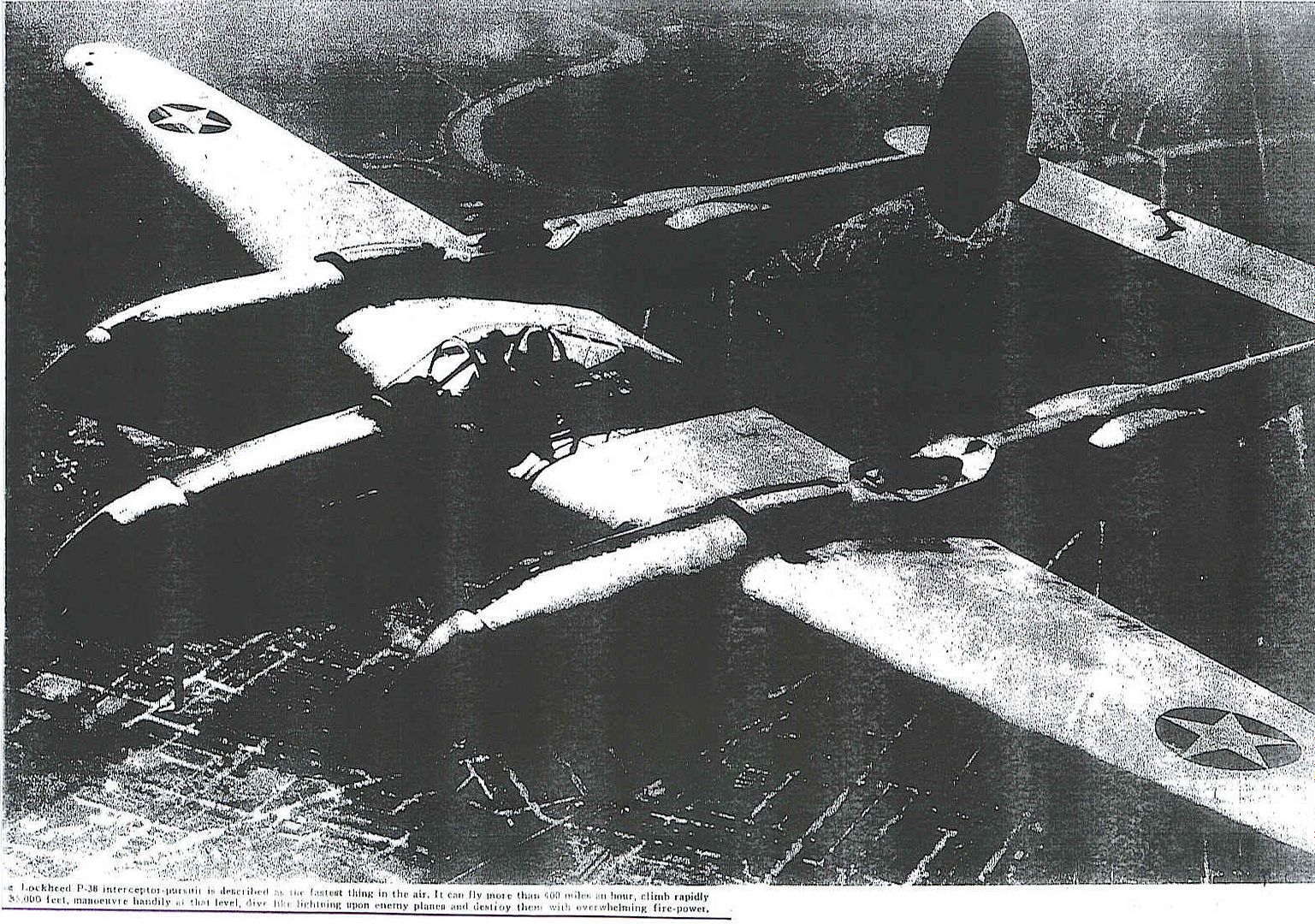



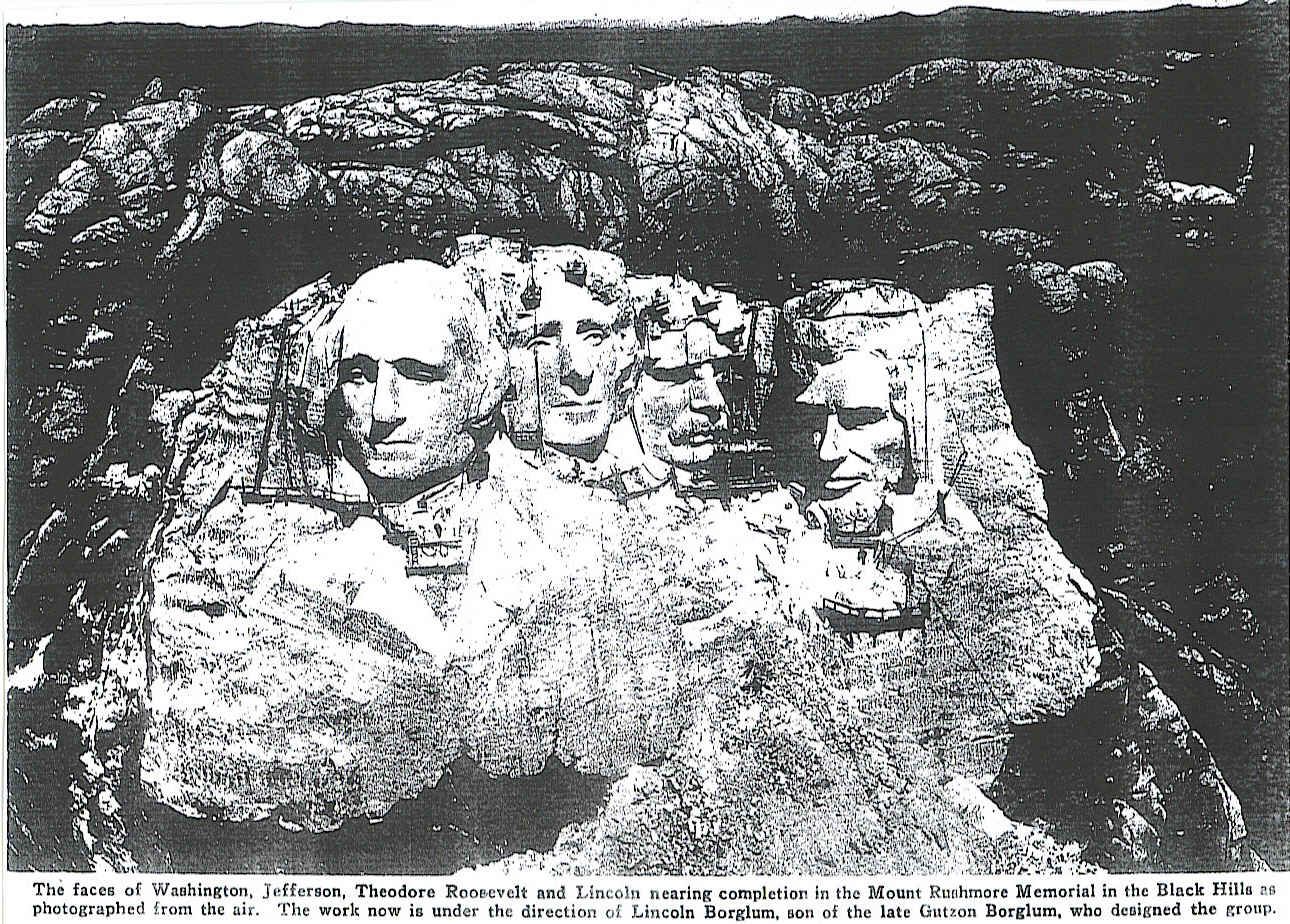
btt. must read day
In the area of General von Manstein's LVI Panzer Corps, in the wooded country north of the Memel, there was not much room for large-scale operations. That was why only the 8th Panzer Division and 290th Infantry Division were earmarked for the first thrust across the frontier. The forward line of pillboxes had to be pierced. And it had to be pierced quickly. The corps was scheduled to drive 50 miles right through the enemy on the first day, without stopping, without regard to anything else, with the object of capturing intact by a surprise stroke the big road viaduct across the Dubysa valley at Ariogala. If they failed in this the corps would be stuck in a deep and narrow river valley, and the enemy would have time to re-form. But most important of all, any idea of a surprise stroke against the important centre of Daugavpils (Dvinsk) would have to be dropped.
The companies of 290th Infantry Division suffered heavy casualties even while crossing the frontier stream—above all in officers. Second Lieutenant Weinrowski of the 7th Company, 501st Infantry Regiment, was probably the first soldier killed by the bullets of Soviet frontier guards up in the north during the first minute of this war. The burst came from a pillbox camouflaged as a farm cart. But the Russian frontier troops were unable to halt the German attack. The llth Company of 501st Regiment led the assault ahead of the spearheads of 8th Panzer Division, clearing tree-trunk obstacles under Russian fire, sweeping through the wood, past a small village. First Lieutenant Hinkmann, the company commander, was killed.
Second Lieutenant Silzer ran forward. "The company will take orders from me!" They reached the Mituva, a small river. They captured the bridge and, as instructed, established a bridgehead.
Presently General Brandenberger's 8th Panzer Division drove up. General von Manstein, the GOC, was accompanying the division in his command tank. "Keep going!" he urged them. "Keep going!" Never mind about your flanks. Never mind about cover. The Ariogala viaduct must be captured. And Daugavpils must be taken by surprise.
Manstein, a bold but coolly calculating strategist, knew very well that this gamble of a war called Operation Barbarossa could be won only if the Germans succeeded in knocking the Russians out during the very first weeks of the attack. He knew what Clausewitz knew before him: this vast country could not be conquered and occupied. At best it might be possible, by risky surprise strokes, by swift and hard blows at the military and political heart of the country, to overthrow the regime, to deprive the country of its leadership, and thus to paralyze its vast military potential. That was the only way in which it might be done—perhaps. Otherwise the war would be lost that very summer.
At 1900 a signal was received at 8th Panzer Division headquarters from its advanced units: " Ariogala viaduct taken." Manstein nodded. All he said was: "Keep going."
The tanks were moving forward. The grenadiers were riding through clouds of hot dust. Keep going. Manstein was executing an armored thrust such as no military tactician would have thought possible. Would his corps succeed in taking Daugavpils by surprise? Would he be able to drive straight through strongly held enemy territory for a distance of 230 miles and yet take the bridges across the Daugava by a surprise stroke?
That this tank war by the Baltic was not going to be a light-hearted adventure, no easy Blitzkrieg against an inferior enemy, was painfully clear after the first forty-eight hours.
The Russians, too, had tanks—and what tanks!
The XLI Panzer Corps, operating on the left wing of Fourth Panzer Group, was the first to make this discovery.(In the next couple of days.)
Hitler Moves East by Paul Carell
Although there were a number of tactical errors, Hitler’s three biggest mistakes in Operation Barbarossa were these IMHO:
1) Failure to take Moscow and Leningrad early in the campaign when they had the chance.
2) Failure to provide winter clothing for the troops.
3) Failure to treat locals better than the Communists did who initially welcomed the Wehrmacht as liberators.
Especially the Ukrainians, they would have joined the Nazis in fighting the Soviets. All Hitler had to do was to set up a puppet Ukrainian regime, along the lines of say, Slovakia.
And by taking Moscow, it probably would have lead to Stalin's removal, and perhaps a complete overthrow of the Bolshevik regime, by the Russians themselves.
There is not much news from the front lines during these first hours of the invasion. I was interested to learn, as I prepared subsequent posts, that the main stories about the eastern front will originate with Daniel T. Brigham in Berne, Switzerland. During the invasions of Poland, Norway and France and now in North Africa there were a few articles written with bylines like “with the British Forces” or even “with the German Army.” (Example: Look up Harold Denny in the index on my profile. That guy likes to show up where the action is.) During Barbarossa there may not be any stories filed by journalists embedded with the Wehrmacht or the Red Army. The Germans won’t be eager for the outside world to learn about some of their policies related treatment of civilians in occupied territory and the Red Army is too busy trying to survive to accommodate foreign newspaper men. Thus, Berne. I guess neutral Switzerland serves as a sort of international clearing house for information from the Eastern Front. It will be interesting to see how accurate and/or timely the news is from that source.
http://worldwar2daybyday.blogspot.com/2011/06/day-661-june-22-1941.html
Day 661 June 22, 1941
Operation Barbarossa. At 4.15 AM, Germany invades USSR, breaking their non-aggression agreement, in the largest military operation ever. 3.5 million German and Romanian troops (with 3,350 tanks, 600,000 motor vehicles and 750,000 horses) cross the border along an 1800 mile front from East Prussia on the Baltic Sea, Poland in the middle and Romania on the Black Sea. Soviet border troops have some warning of the attack but they are overwhelmed. Soviet response is weak due to poor communications and dispositions which hold the main Soviet forces back from the border. Using classic blitzkrieg tactics, Luftwaffe bombs supply dumps, railways and airfields. 2000 Soviet aircraft are destroyed neatly lined up on the ground for the loss of 35 Luftwaffe aircraft. Stalin is paralysed by the attack and, at 11 PM, Foreign Minister Molotov addresses the Soviet people.
At 3.29 AM 100 miles off the North coast of Ireland, U-141 sinks neutral Swedish SS Calabria (3 dead and 21 survivors escape in a lifeboat). At 10.36 PM 550 miles East of St. Johns, Newfoundland, U-77 sinks British SS Arakara being used as a weather ship (all 33 crew and 12 Royal Navy meteorologists lost).
Disclaimer: Opinions posted on Free Republic are those of the individual posters and do not necessarily represent the opinion of Free Republic or its management. All materials posted herein are protected by copyright law and the exemption for fair use of copyrighted works.